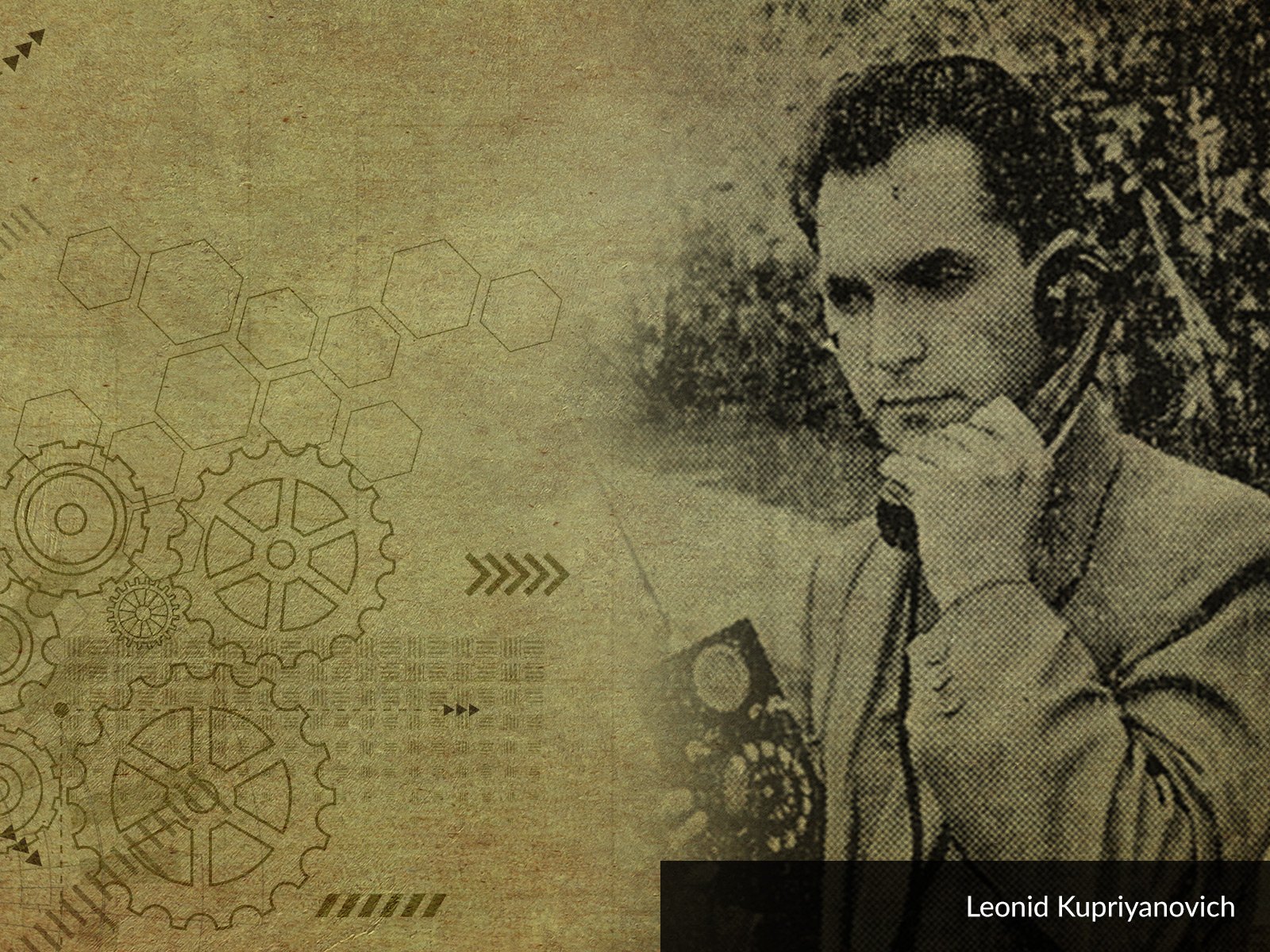
In our series, we discuss the achievements of the most prominent inventors and scientists whose work exerted a profound influence on the development of science and technology. Even amidst such illustrious company, James Clerk Maxwell stands out for his fundamental role in the development of physics. He was born on 13 June 1831 in Edinburgh, as a son of a lawyer. Maxwell was only 8 years old when his mother died of cancer. The education of young James was entrusted to a private tutor. However, the teacher didn’t recognise the potential of his pupil – he considered the boy unintelligent and untalented, just like in the case of Alessandoro Volta. Fortunately for the future of world science, young Maxwell's aunt had a contrary opinion and sent him in 1841 to study at the Edinburgh Academy, where it turned out that his talents went far beyond the curriculum. By the age of 14, he had already published his first scientific paper, which focused on geometrical issues and reflected his interest in models and patterns. Two years later, Maxwell was admitted to the University of Edinburgh and then transferred to the University of Cambridge. His results were above average and he was awarded the Trinity fellowship and the Smith's Prize, among others, for his academic achievements. In the following years, Maxwell taught first at Marischal College and then at the Royal College of London. It was there that he wrote the papers that led to the development of what are known as Maxwell's equations, which deal with the relationship between the electric and magnetic fields and are at the cornerstone of electrodynamics. Maxwell collected and consolidated the achievements of scientists such as Andre Ampere, Michael Faraday and Charles-Augustin Coulomb, basing the theory of electromagnetic waves on them and laying the foundations for quantum mechanics. It was his achievement, or rather attempts to undermine it, that allowed for the development of radiotechnics and brought fame to Heinrich Hertz. Interestingly, many of Maxwell's contemporaries argued that, despite his achievement, he didn’t do well in research and analysis, as confirmed, for example, by his unjust criticism of Wilhelm Weber. At the same time, however, he managed to come to valid conclusions, as evidenced by his achievement and the impact his work had on the development of science.
Maxwell's interests weren’t limited to electromagnetism. He also studied colour perception, and in 1855 he developed a theory on how to capture colours in photographs. Already 6 years later, he managed to translate these theoretical considerations into a real image in the form of the first colour photograph, depicting a ribbon of tartan. He also studied thermodynamics, which resulted in the so-called Maxwell distribution, i.e. the formula describing the speed of gas molecules and its dependence on temperature and molar mass. Another interesting matter is a thought experiment developed by the scientist, called Maxwell's demon, which was supposed to undermine the second law of thermodynamics. It is also worth mentioning his interest in literature, especially poetry, of which he wasn’t only an expert but also an author.
The figure of Maxwell is a standout in our series on inventors, because this scholar was first and foremost a mathematician. One might even say that he is known not so much as a creator, but as a discoverer. Nevertheless, his work has become the foundation on which modern technology rests. Electromagnetism, which he described using neat formulas, was implemented in motors, actuators or servo mechanisms, allowing the development of industrial automation, but also the “robotisation” of our daily lives. After all, the compressor in a refrigerator or the motor in a washing machine are created based on the same basic calculations made possible by Maxwell's work. Electromagnetic relays or overcurrent fuses are also designed using these formulas. The same is true of measuring instruments, clamp meters, analogue indicators of voltage, current... and this is all just an introduction to the possibilities opened up to the humankind by the physical relationships described in the 19th-century Aberdeen and London. The existence of radio waves, which allow GSM networks, satellite navigation systems and many wireless communication standards to function, wasn’t so much proved by Maxwell as – we should say – “predicted”. The phenomenon that changed the world and opened the way for the humankind to interplanetary travel simply came out of Maxwell's equations.
Not surprisingly, when asked about the figures who inspired him, Albert Einstein replied bluntly that he wasn’t elaborating on Newton's achievement – but felt he owed his fame to standing on the shoulders of James Maxwell.





